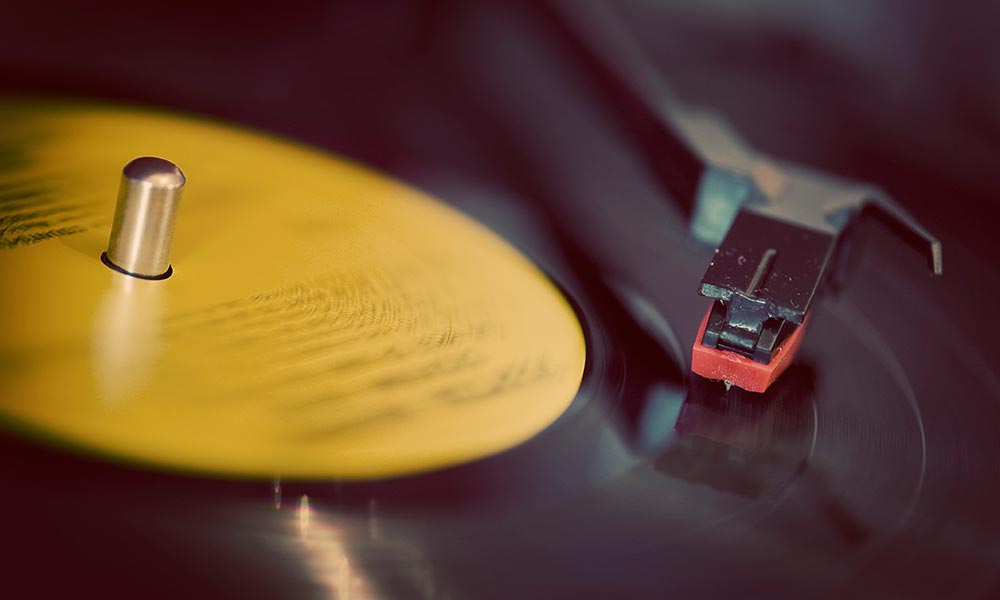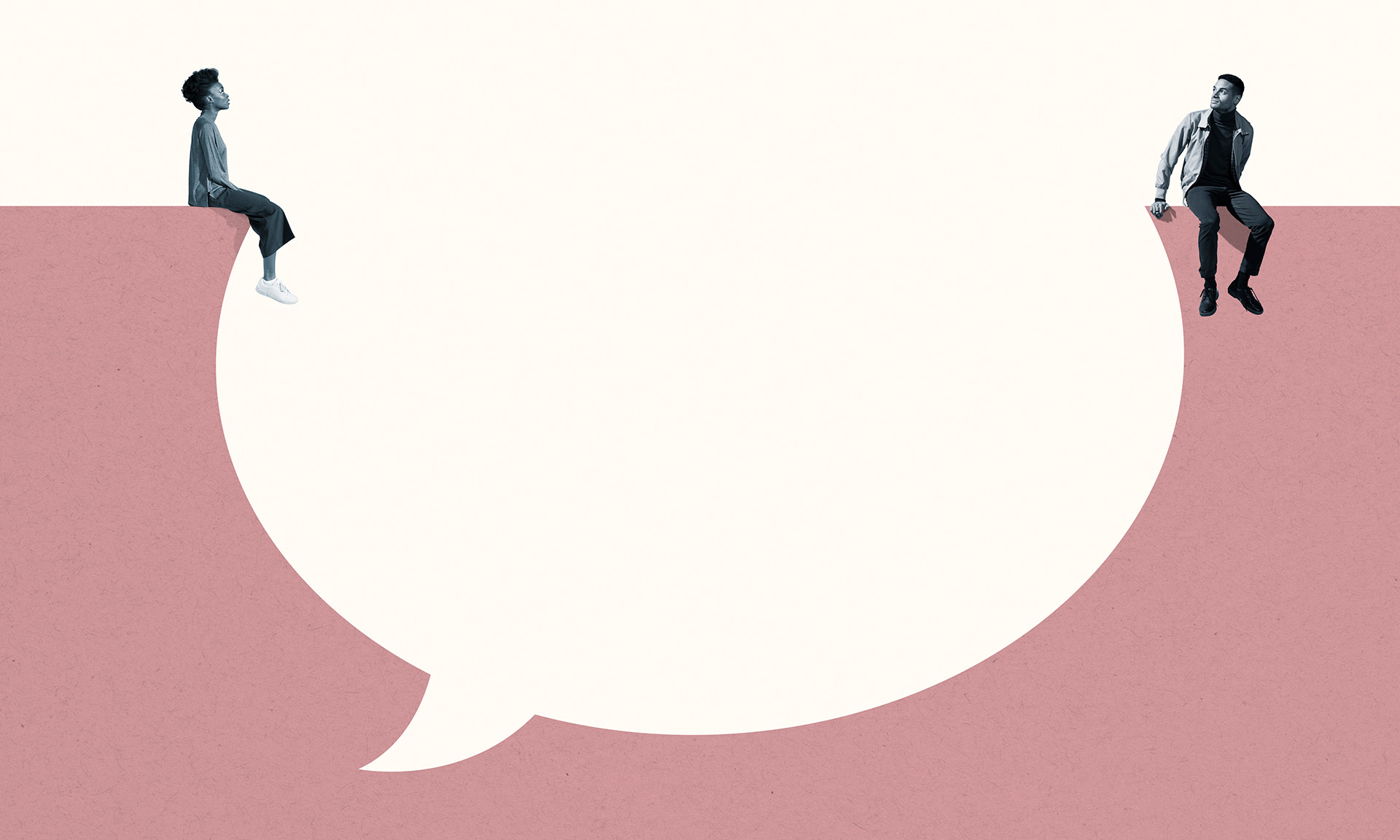As more than a thousand people gather in Rochester this week to celebrate groundbreaking audio and image-making technologies, among the presenters at the Light and Sound Interactive conference will be Darren Mueller, an assistant professor of musicology at the Eastman School of Music, who will be discussing the adoption of vinyl long-playing records (LPs).
Why? Because the history of media and periods of technological transition—such as the recording industry’s move toward vinyl LPs in the late 1940s and 1950s—teach us that there are many important assumptions and decisions involved in the design of any new technology. As new technologies take form, they often change habits and practices in ways few could have predicted at the time. Mueller hopes his presentation, “Vinyl Records as New Media: A Historical Case Study,” will ignite the imaginations of those directly involved in developing new audio and visual technologies, who are steeped in the kind of transition that musicians, technologists, and recording industry leaders were in the middle of the last century.
“One of my interests in wanting to be a part of this conference is to show how innovators, companies, and consumers throughout history navigated the transitions to new technologies,” he says. “I hope people will recognize that all technologies have a culturally situated history that informs any and all claims of ‘newness’ and innovation.”
Mueller studies the ways in which sound technologies affect the development of musical styles and culture. The bulk of his presentation, as well as his forthcoming book, will focus on the jazz industry’s adoption of the LP, which was introduced by Columbia Records in June of 1948. During this time, the music industry dramatically redefined the relationship between performance and recording and what it meant to listen to music.
“Prior to this time, people listened to the radio, but they didn’t start buying lots of records until the mid-1950s,” Mueller says. “This was the post-World War II boom where people had more expendable income.”
This rise of mass consumption coincided with the adoption of LPs and meant more people were able to purchase and listen to longer recordings—including pieces containing extended jazz improvisations—that they could previously only hear via live performance. Mueller argues that the wider distribution of LPs meant that more people were listening to jazz, giving jazz artists a more prominent platform to fuse their art with calls for social change and racial equality. The history of the LP thus parallels social movements, including the Civil Rights Movement.
Mueller sees this moment of transition reflected in the more recent development of music streaming services such as Spotify, Apple Music, and SoundCloud. Streaming services make it possible for music to be more readily accessible, thereby allowing artists to reach more and more people. But the economics of the business also mean that these artists do not make as much money selling records. As a result, musicians have had to rely more heavily on live concert performances to generate sales.
As the relationship between recorded music and live performance shifts yet again, the music industry today must ask analogous questions and navigate terrain similar to the transition to LPs: What does it mean to have recordings in today’s age? How does a musician create an audience for herself? Who is this audience? What does it mean for artists to speak out about social issues? And how does that relate to the way recordings are distributed?
“These are very important questions, but these are not new questions,” Mueller says. “It’s really interesting to look back on history and see all these different moments where people were trying to figure out how to use new technologies. The models of distribution today are changing so rapidly. Similar times in history can help us think about how we can navigate these issues moving forward.”





